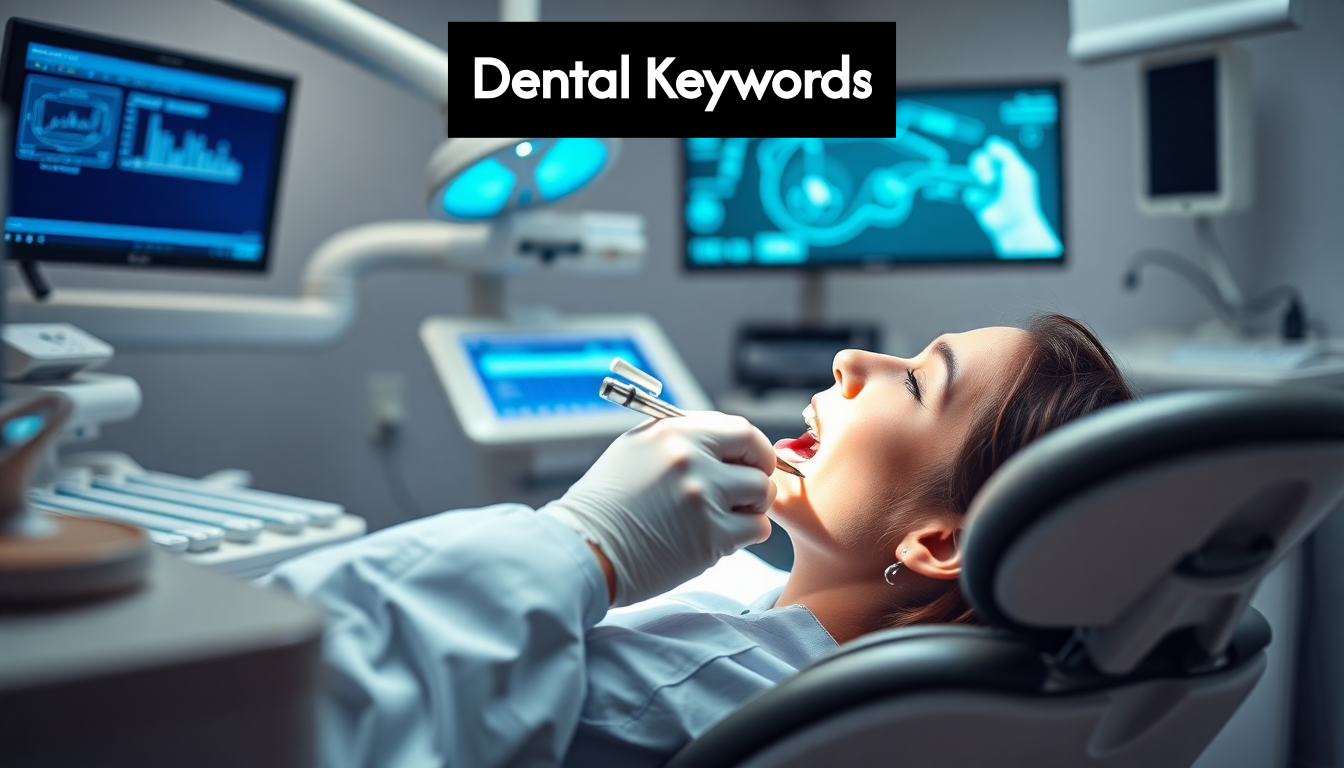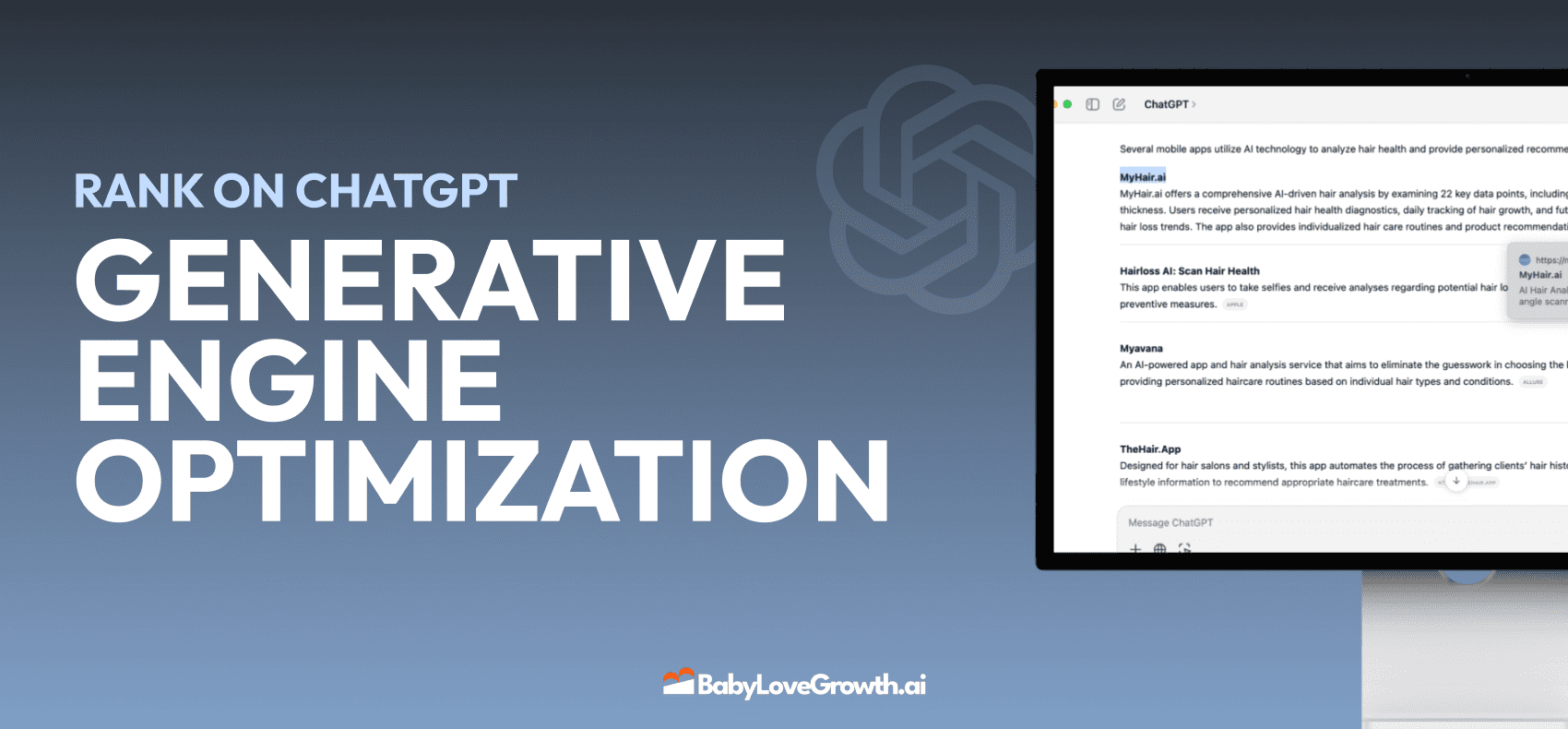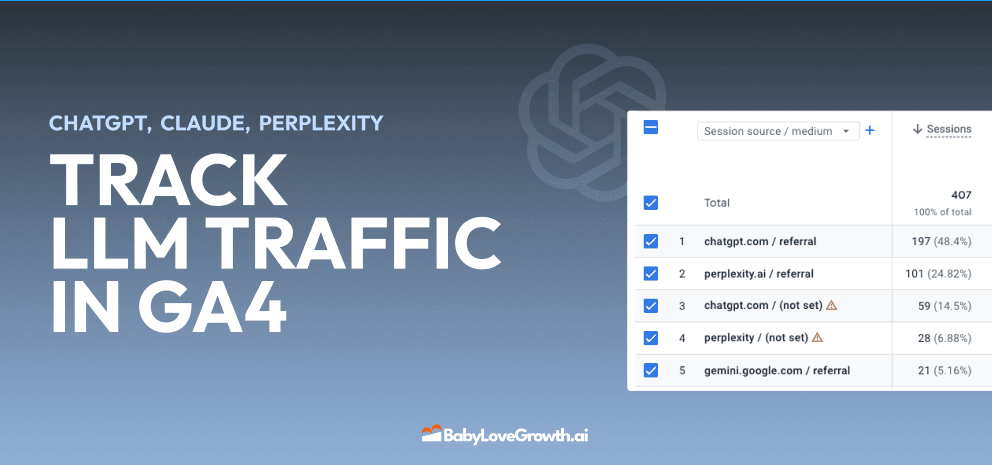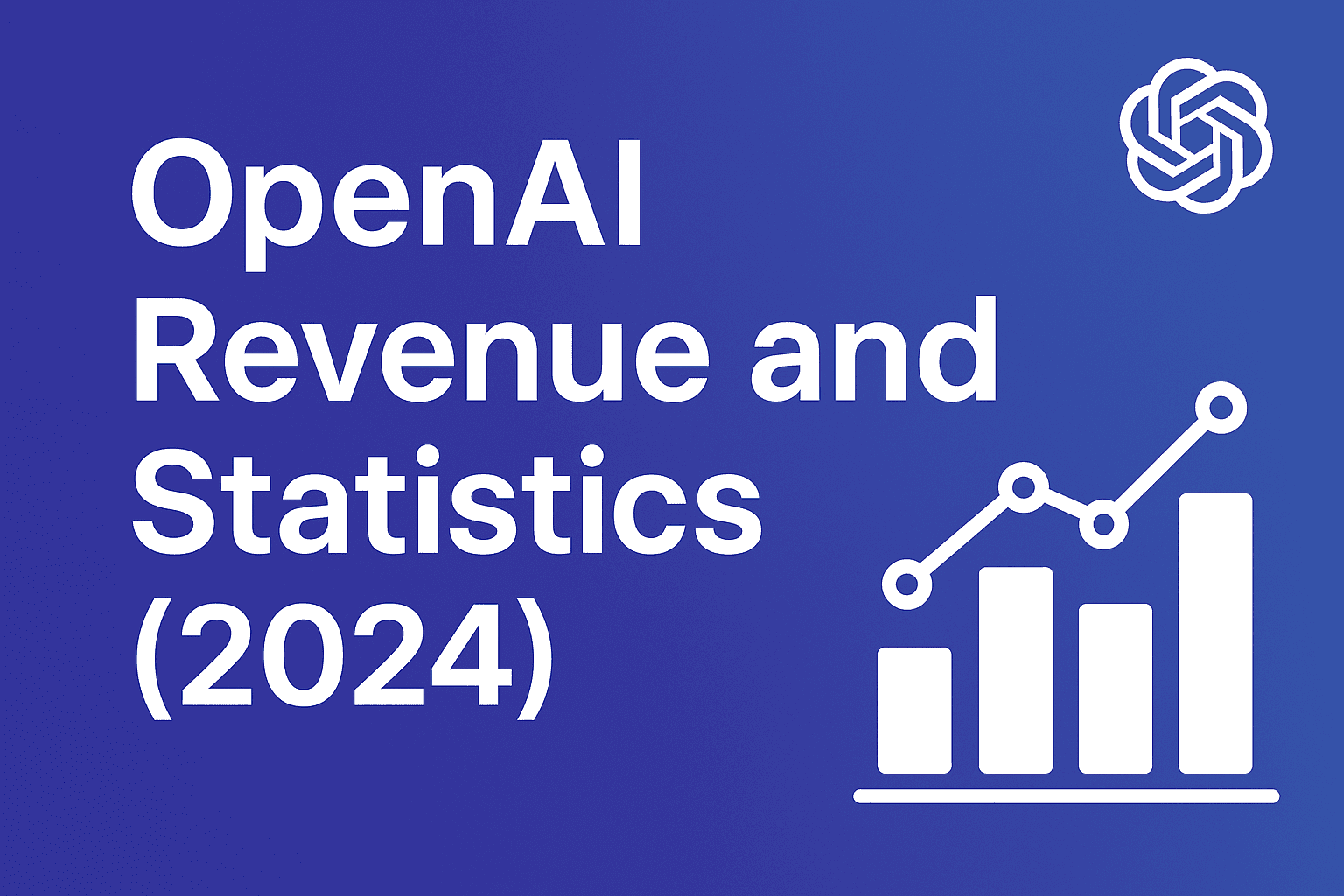SEO for Dentists: Boost Your Practice with Proven Strategies


Dental practices face a battle for visibility in an oversaturated market, and local SEO is the secret weapon to attract nearby patients. Surprisingly, it's not just about having the best services or technology available. The real game-changer lies in optimizing your Google Business Profile. When done correctly, it can set your practice apart from the competition and bring in a steady stream of new patients. Let’s dive into how you can harness these local SEO strategies to transform your practice and connect with the patients who need your care the most.
Local SEO Strategies for Dentists
When it comes to growing your dental practice, local SEO is absolutely essential. Unlike general SEO, local search engine optimization focuses specifically on attracting patients in your immediate service area – the people most likely to become loyal patients.
Optimize Your Google Business Profile
Your Google Business Profile (GBP) is arguably the most powerful local SEO tool for dentists. According to research from Sterling Sky, the primary category you select significantly impacts your local search rankings. Always choose "Dentist" as your primary category, as it generates the highest search volume and conversions.
To maximize your GBP's effectiveness:
- Ensure complete profile information with accurate address, phone number, and hours
- Add high-quality photos of your office, staff, and equipment
- Regularly post updates about services, promotions, or dental health tips
- Respond promptly to all patient reviews, both positive and negative
Don't overlook secondary categories – you have nine available slots to highlight specialized services like orthodontics, cosmetic dentistry, or pediatric dentistry. This strategy helps your practice appear in searches for specific dental services.
Build Citations With NAP Consistency
NAP (Name, Address, Phone number) consistency across all online platforms strengthens your dental practice's local SEO foundation. Ensure your practice information appears identically on your website, Google Business Profile, dental directories, social media accounts, and review sites.
Focus on creating citations on dental-specific directories such as:
- Healthgrades
- Zocdoc
- 1-800-Dentist
- American Dental Association's Find-a-Dentist
Local citations signal legitimacy to search engines and help potential patients discover your practice through multiple channels. The more consistent your information appears across the web, the more search engines trust your business.
Generate and Manage Patient Reviews
Patient reviews are powerful social proof and a critical ranking factor for dental SEO. Implement a systematic approach to collecting reviews from satisfied patients. Many dental practice management software platforms include automated review request features.
When responding to reviews, personalize each response while maintaining HIPAA compliance. For negative feedback, address concerns professionally and take the conversation offline when appropriate. A thoughtful response to criticism often impresses potential patients more than the negative review itself.
Consistently generating positive reviews not only improves your visibility in search results but also helps convert searchers into patients. The volume, recency, and quality of reviews all factor into local search rankings for dental practices.
Implementing these local SEO strategies will significantly improve your dental practice's visibility to potential patients in your area. Remember that local SEO for dentists requires ongoing attention and adaptation to changing search algorithms, but the patient growth it generates makes it well worth the investment.
Key Takeaways
| Takeaway | Explanation |
|---|---|
| Optimize Your Google Business Profile | Ensure your GBP is complete and accurate, including selecting the primary category 'Dentist,' adding quality photos, and regularly posting updates to enhance local SEO. |
| Focus on NAP Consistency | Maintain consistent Name, Address, and Phone number information across all online platforms to build credibility and improve local search rankings. |
| Implement Systematic Review Strategies | Collect and manage patient reviews through automated requests and prompt responses to enhance your online reputation and boost search visibility. |
| Conduct Thorough Keyword Research | Identify valuable keywords based on search intent, including long-tail keywords, to connect with relevant patients and improve your visibility in search results. |
| Track SEO Performance Metrics | Utilize Google Analytics and local SEO monitoring tools to assess search visibility, engagement, and conversion metrics, linking them to practice growth. |
Dental Keyword Research Essentials
Effective SEO for dental practices starts with thorough keyword research. Identifying the right search terms helps you connect with potential patients who are actively looking for the specific dental services you offer.
Understanding Dental Search Intent
Dental keywords typically fall into three main categories based on patient search intent:
- Informational searches - People seeking dental knowledge ("how to relieve toothache," "causes of bleeding gums")
- Navigational searches - Patients looking for specific dental practices ("Bright Smile Dental Chicago," "Dr. Smith orthodontist")
- Transactional searches - Ready-to-book patients ("emergency dentist near me," "affordable teeth whitening Denver")
The most valuable keywords for dental SEO are those with high search volume and transactional intent. According to research from Promodo, "dentist near me" generates over 1.2 million monthly searches in the US alone, highlighting the significant opportunity for dental practices that rank well for local search terms.
Researching Dental Keywords
Start your keyword research by brainstorming services you offer, common dental problems, and questions patients frequently ask. Then expand this list using keyword research tools like:
- Google Keyword Planner
- Semrush
- Ahrefs
- Moz Keyword Explorer
When evaluating potential keywords for your dental SEO strategy, consider these factors:
Search Volume: Higher numbers indicate more potential visibility, but also more competition. For most dental practices, targeting keywords with moderate search volume (300-1,000 monthly searches) in your specific geographic area offers the best balance of opportunity and competitiveness.
Keyword Difficulty: This metric estimates how hard it will be to rank for a particular term. New dental websites should initially focus on lower-difficulty keywords while building authority.
Geographic Relevance: Add location modifiers to dental keywords ("pediatric dentist Chicago," "teeth whitening Miami") to attract local patients.

Long-Tail Dental Keywords
Long-tail keywords are longer, more specific phrases that typically have lower search volume but higher conversion potential. These are particularly valuable for dental SEO because they often indicate patients with specific needs and high intent to book an appointment.
Examples of effective long-tail dental keywords include:
- "Same day dental crown replacement near downtown"
- "Invisalign cost for adults with insurance"
- "Emergency tooth extraction on weekends"
- "Sedation dentistry for dental anxiety"
These longer phrases may have fewer searches, but the patients using them are often further along in their decision-making process and more likely to convert into appointments.
Competitive Keyword Analysis
Analyzing which keywords your successful competitors are ranking for can reveal valuable opportunities for your dental SEO strategy. Use SEO tools to identify gaps in your keyword coverage compared to other dental practices in your area.
Focus particularly on identifying service-specific keywords that competitors might be overlooking. Specialized treatments like "laser gum therapy," "metal-free dental implants," or "sleep apnea dental appliances" often have less competition while attracting patients seeking specific solutions.
Properly researched and implemented keywords form the foundation of effective SEO for dentists. By understanding what potential patients are searching for and how they're searching, you can align your content and optimization efforts to meet their needs and appear in the search results that matter most to your practice growth.
On-Page SEO for Dental Sites
On-page SEO encompasses all the optimization techniques you implement directly on your dental website to improve its visibility in search results. These elements are entirely within your control and form the foundation of effective dental search engine optimization.
Optimizing Page Titles and Meta Descriptions
Page titles and meta descriptions are crucial first touchpoints with potential patients in search results. According to Ahrefs research, these elements significantly influence whether searchers click on your result, regardless of ranking position.
For dental websites, effective page titles should:
- Include your primary keyword near the beginning (e.g., "Emergency Dentist in Boston | Same-Day Appointments")
- Clearly communicate the specific service or information offered
- Contain your practice name and location
- Stay under 60 characters to avoid truncation in search results
Meta descriptions expand on your title, providing a compelling reason for potential patients to click. While not a direct ranking factor, a well-crafted meta description improves click-through rates, which indirectly benefits your SEO performance. Incorporate relevant keywords naturally and include a clear call to action such as "Schedule your consultation today" or "Relief from dental pain is just a call away."
Creating Service-Specific Landing Pages
Develop dedicated pages for each dental service you offer rather than listing everything on a single page. This approach allows you to:
- Target specific treatment-related keywords ("invisible braces in Chicago")
- Address particular patient concerns in depth
- Include service-specific testimonials and case studies
- Optimize for local search intent
Each service page should contain at least 500-800 words of unique, informative content that demonstrates your expertise while answering common patient questions. Balance technical dental terminology with accessible explanations to establish authority without overwhelming potential patients.
Implementing Proper Heading Structure
Well-structured headings (H1, H2, H3) organize your content for both search engines and human readers. Your dental website should follow this hierarchy:
- Use only one H1 tag per page, containing your primary keyword
- Organize content with descriptive H2 subheadings ("Benefits of Invisible Braces")
- Further break down complex sections with H3 tags
This structure helps search engines understand your content's organization while improving readability for potential patients scanning your page. Include relevant dental keywords in your headings naturally, but prioritize clarity and usefulness over keyword placement.
Optimizing Images for Dental SEO
Dental websites benefit greatly from high-quality images, but without proper optimization, they can slow your site and miss SEO opportunities. Follow these best practices:
- Compress all images without sacrificing quality
- Use descriptive, keyword-rich file names ("professional-teeth-whitening-results.jpg")
- Add alt text that accurately describes the image while incorporating relevant keywords
- Include captions when appropriate to provide additional context
Before-and-after treatment photos are particularly valuable for dental websites but must be optimized properly and used with appropriate patient consent.
Enhancing User Experience Signals
Search engines increasingly consider user experience metrics when ranking websites. For dental sites, focus on:
- Mobile optimization (essential as most local searches happen on mobile devices)
- Fast loading times (aim for under 3 seconds)
- Clear navigation with simple paths to appointment booking
- Structured content with short paragraphs and ample white space
A positive user experience encourages potential patients to stay on your site longer and engage more deeply with your content, sending positive signals to search engines about your site's value.
Implementing these on-page SEO techniques requires an initial investment of time, but creates lasting benefits for your dental practice's online visibility. By systematically optimizing each page of your website, you create multiple opportunities to connect with potential patients searching for the specific dental services you provide.
Building Reviews and Dental Links
Two critical components of successful SEO for dentists are patient reviews and quality backlinks. These elements not only strengthen your online authority but also directly influence your rankings in local search results.
Developing a Patient Review Strategy
Patient reviews are perhaps the most powerful trust signals for potential patients and search engines alike. Implementing a systematic approach to gathering reviews can dramatically improve your dental SEO results.
Start by making the review process as simple as possible for patients. Consider these effective approaches:
- Send follow-up emails with direct links to your Google Business Profile
- Train front desk staff to politely request reviews at checkout
- Use automated text messages to remind patients to share their experience
- Create simple instruction cards with QR codes linking to your review profiles
The timing of review requests matters significantly. Research shows that patients are most likely to leave reviews when asked shortly after a positive experience—ideally within 24 hours of their appointment. For dental practices, this often means reaching out the same day as treatment, especially after successful outcomes like completing a smile makeover or relieving dental pain.
Responding to reviews is equally important as collecting them. When patients see that you take time to personally thank those who leave positive feedback and professionally address concerns from less satisfied patients, it demonstrates your commitment to patient care and builds trust with potential new patients viewing your profile.
Ethical Link Building for Dental Websites
Quality backlinks from relevant, authoritative websites signal to search engines that your dental practice is trustworthy and valuable. Unlike many other industries, dental link building has specific ethical considerations and unique opportunities.
Focus on these high-value link sources for dental practices:
- Local business directories specific to your city or region
- Dental insurance provider directories where you're an in-network provider
- Local chamber of commerce and business association websites
- Dental school alumni directories if applicable
- Community event sponsorships with website recognition
Content-based link building is particularly effective for dental practices. By creating valuable educational content about oral health topics, you can attract natural links from health websites, local news outlets, and educational institutions. Consider developing comprehensive guides on topics like "Understanding Wisdom Teeth Removal" or "Complete Guide to Children's Dental Health" that serve as linkable assets.
Creating Local Partnerships for Link Building
Local partnerships represent an often-overlooked opportunity for dental practices to build relevant links. Consider establishing relationships with:
- Non-competing healthcare providers (nutritionists, primary care physicians)
- Schools and educational programs for dental health presentations
- Local sports teams through mouthguard sponsorships
- Community health initiatives and wellness events
These partnerships can lead to natural link opportunities from local websites that carry significant weight in local search algorithms. They also generate additional benefits beyond SEO, including community goodwill and direct patient referrals.
Managing Dental Reputation Across Platforms
While Google reviews often receive the most attention, comprehensive review management should extend to other platforms where potential patients evaluate dental practices:
- Healthgrades and other healthcare-specific review sites
- Yelp and general business review platforms
- Facebook recommendations and reviews
- NextDoor community recommendations
Maintaining consistent information and actively managing your reputation across these platforms strengthens your overall online presence and creates additional opportunities for visibility in search results. Each platform may attract different demographics, helping you connect with a broader range of potential patients.
By implementing strategic approaches to both patient reviews and link building, dental practices can significantly enhance their search visibility while building a positive online reputation that converts searchers into new patients.
Tracking Dental SEO Performance
Effective SEO for dental practices requires ongoing measurement and analysis. Without proper tracking, it's impossible to determine which strategies are working and which need adjustment. Implementing a comprehensive analytics approach helps dental practices maximize their return on SEO investment and continuously improve their online visibility.
Essential SEO Metrics for Dental Practices
While there are countless metrics available in analytics platforms, dental practices should focus on these key performance indicators to evaluate SEO effectiveness:
Search Visibility Metrics:
- Keyword rankings for treatment-specific terms ("cosmetic dentist near me", "emergency dental care")
- Google Business Profile impressions and actions
- Organic search traffic volume and trends
- Click-through rate from search results
Engagement Metrics:
- Average time on site for treatment pages
- Bounce rate for landing pages
- Page depth (number of pages viewed per session)
- Returning vs. new visitors
Conversion Metrics:
- Phone calls from organic search visitors
- Online appointment requests
- Contact form submissions
- Direction requests (particularly important for dental practices)
The most valuable metrics tie directly to patient acquisition. For example, tracking which search terms generate actual appointment bookings provides much more actionable insight than simply monitoring overall traffic increases.
Setting Up Google Analytics for Dental Websites
Google Analytics 4 (GA4) provides powerful tools for tracking dental website performance when properly configured. Start by setting up these essential elements:
- Conversion tracking for all patient contact points (phone calls, form submissions, appointment requests)
- Goal values to estimate the revenue impact of different conversion types
- Event tracking for key user interactions (treatment page views, staff bio views, insurance page visits)
- UTM parameters to differentiate between various traffic sources
Ensure your analytics implementation includes proper filters to exclude internal traffic from your practice staff, which can otherwise skew your data and lead to incorrect conclusions about patient behavior.
Local SEO Performance Monitoring
For dental practices, local SEO performance is particularly crucial since most patients come from within a limited geographic radius. Beyond standard analytics, implement these specialized tracking approaches:
- Regular monitoring of Google Business Profile insights (views, actions, photo views)
- Tracking local pack rankings for priority keyword phrases
- Monitoring review velocity and sentiment across platforms
- Analyzing geographic distribution of website visitors relative to your practice location
Local ranking fluctuations can significantly impact appointment volume, making consistent monitoring essential for dental practices. Tools like BrightLocal, Moz Local, or SEMrush's local SEO features can provide valuable insights specific to local search performance.
Creating a Dental SEO Dashboard
Compiling key metrics into a unified dashboard allows for quick assessment of overall SEO health and trend identification. An effective dental SEO dashboard should include:
- Month-over-month and year-over-year comparisons
- Visualization of seasonal trends (many dental specialties experience predictable seasonality)
- Integration of website performance metrics with practice management data
- Automated reporting with customized KPIs for different stakeholders
This consolidated view helps practice owners and managers quickly identify opportunities and potential issues without getting lost in excessive analytical detail.
Connecting SEO Performance to Practice Growth
The ultimate measure of dental SEO success is its impact on practice revenue and growth. Implement these strategies to connect your SEO efforts directly to business outcomes:
- Train front desk staff to ask new patients how they found your practice
- Use unique phone tracking numbers for organic search visitors
- Create specific landing pages for different treatment keywords to track conversion paths
- Compare patient acquisition cost through SEO versus other marketing channels
By establishing clear connections between SEO metrics and practice growth, dental practices can justify continued investment in search optimization and focus resources on the most effective strategies.
Consistent monitoring of these key performance indicators allows dental practices to continuously refine their SEO approach, build on successful strategies, and quickly address underperforming elements. This data-driven approach ensures that your SEO efforts consistently deliver a strong return on investment while continually improving your online visibility to potential patients.
Frequently Asked Questions
What is local SEO for dentists?
Local SEO for dentists focuses on optimizing your online presence to attract patients in your immediate geographic area. It involves strategies like optimizing your Google Business Profile, maintaining NAP consistency, and generating patient reviews to improve local search visibility.
How can I optimize my Google Business Profile for my dental practice?
To optimize your Google Business Profile, ensure all information is complete and accurate, choose 'Dentist' as your primary category, add high-quality photos, regularly post updates, and respond to patient reviews. This helps improve your visibility in local search results.
Why are patient reviews important for dental SEO?
Patient reviews are crucial for dental SEO because they serve as social proof, enhance your online reputation, and influence local search rankings. The volume, recency, and quality of reviews can significantly affect your visibility and attract potential patients.
How can I conduct keyword research for my dental practice?
To conduct keyword research for your dental practice, brainstorm common dental services and patient queries. Use tools like Google Keyword Planner or Ahrefs to find valuable keywords, focusing on search volume, keyword difficulty, and geographic relevance to attract local patients.
Unlock the Full Potential of Your Dental Practice with SEO Solutions!
Every dental practice knows that standing out in a crowded market can feel overwhelming. With the right local SEO strategies, such as optimizing your Google Business Profile and generating patient reviews, you can connect with patients who truly need your services. However, implementing these strategies can be time-consuming and complex.
Imagine having all the tools you need to elevate your practice’s visibility – effortlessly!

At BabyLoveGrowth.ai, we offer a sophisticated AI-driven platform designed to streamline your SEO efforts. Our seamless three-step process includes:
- In-depth business analysis to identify the best strategies for your practice
- Automatically generated custom 30-day content plans tailored to drive local engagement
- Continuous monitoring to ensure your content adapts to changing search algorithms
Stop letting your competition steal the spotlight! Boost your organic traffic and patient engagement today at https://babylovegrowth.ai. Don’t miss out on this opportunity to secure your dental practice's growth and success!
Smart SEO,
Faster Growth!
Most Read Articles

Generative Engine Optimization (GEO)
Learn how Generative Engine Optimization (GEO) helps your content rank in AI search engines like ChatGPT and Google AI. This comprehensive guide explains the differences between SEO and GEO, why it matters for your business, and practical steps to implement GEO strategies for better visibility in AI-generated responses.

Track LLM Traffic in Google Analytics 4 (GA4)
Learn how to track and analyze traffic from AI sources like ChatGPT, Claude, Perplexity, and Google Gemini in Google Analytics 4. This step-by-step guide shows you how to set up custom filters to monitor AI-driven traffic and make data-driven decisions for your content strategy.

How to Humanize AI Text with Instructions
Learn practical techniques to make AI-generated content sound more natural and human. This guide covers active voice, direct addressing, concise writing, and other proven strategies to transform robotic text into engaging content.

Open AI Revenue and Statistics (2024)
Comprehensive analysis of OpenAI financial performance, user engagement, and market position in 2023. Discover key statistics including $20B valuation, $1B projected revenue, and 100M+ monthly active users.